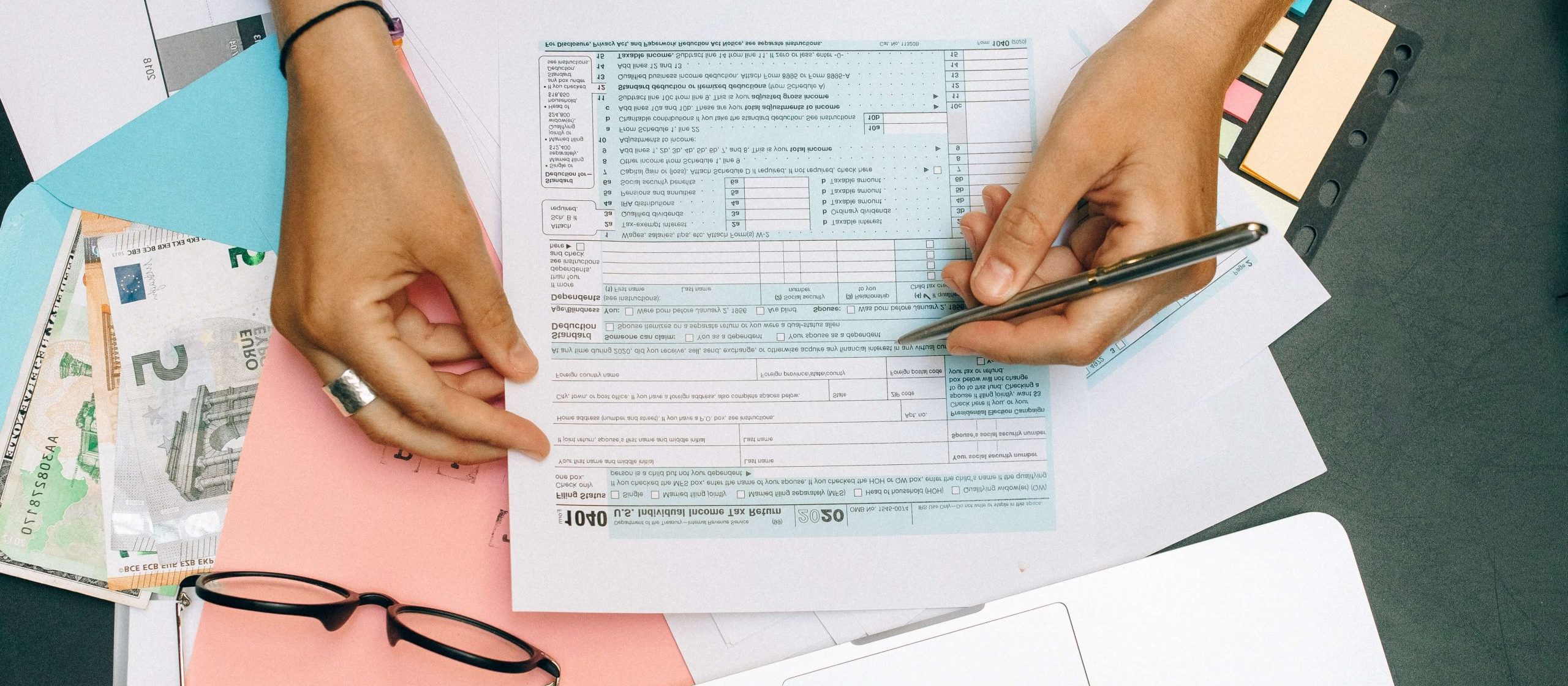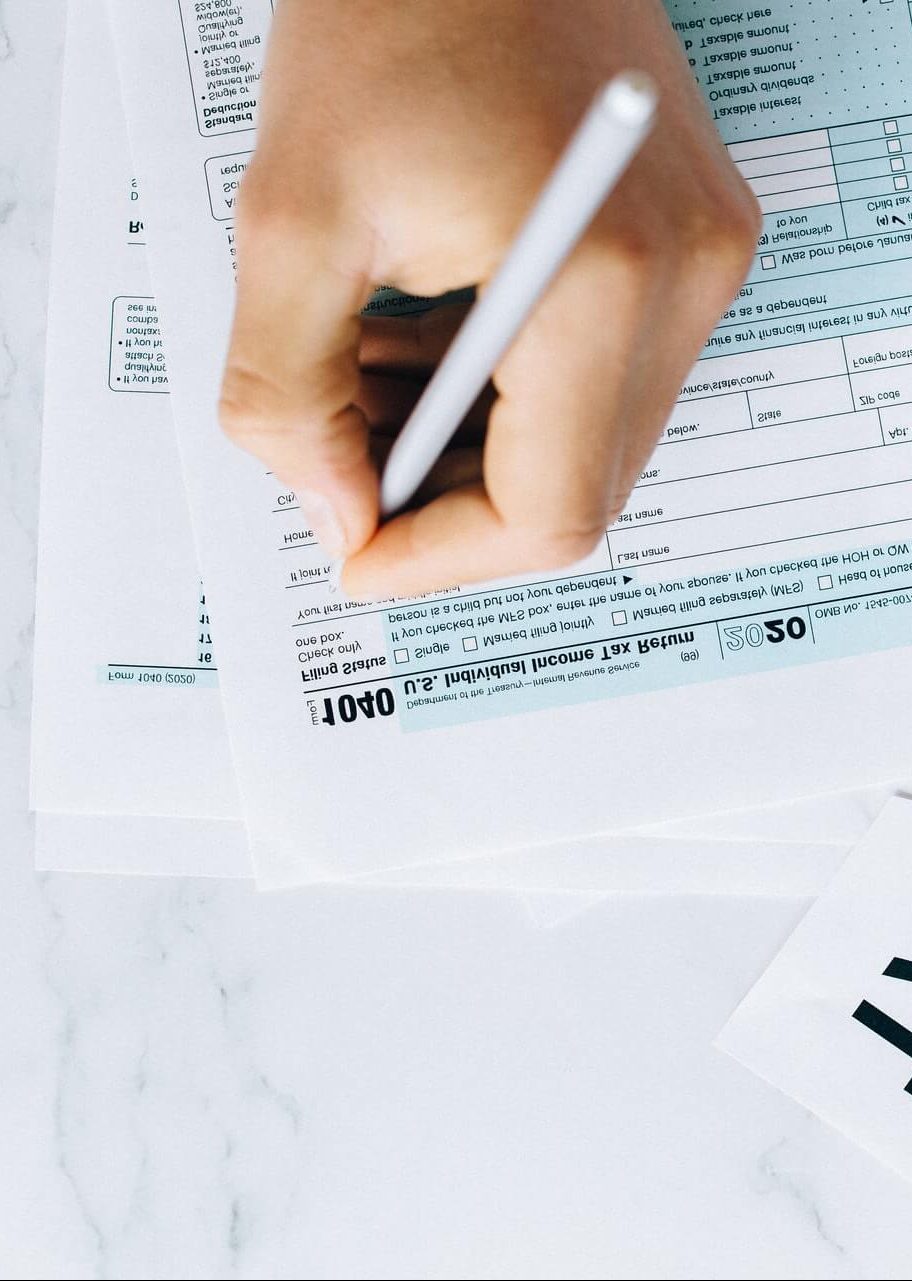
What is a private pension tax relief? Do I need to pay taxes on my private pension? What is my lifetime allowance or annual allowance? You may have a private pension. Additionally, the payments that you make towards it will be tax free up to a certain point. Your Benefits will tell you everything you need to know about private pension tax relief.
Can I get a private pension tax relief?

You could be eligible for a private pension tax relief. Indeed, this is the case for private pension up to 100% of your yearly earnings. Additionally, you could receive private pension tax relief automatically. This is the case if one of the following is true:
- Your Income Tax rate is 20%. You could then get ‘relief at source‘, as your provider will use this as tax relief, and it will be added to your pension pot;
- Your workplace pension contributions are deducted from pay by your employer prior to paying Income Tax.
You may live in Scotland. Additionally, you may have an Income Tax rate of 19%. Then, you will be able to have a private pension tax relief as if your rate was 20%.
Your pension contributions may exceed 100% of what you earn every year. Then, you must check that you do not receive any tax relief for it. Indeed, you are responsible for this. Otherwise, you may be asked to pay back some amounts by Her Majesty’s Revenue and Customs.
You do not have to engage in salary sacrifice to have relief on your pension. However, it may decrease your rate of income tax or additional tax relief on pension contributions. This is for basic rate taxpayers, higher rate taxpayers, and it applies to net pay. Refer to a financial adviser for more information
Can I get a Private Pension tax ‘Relief at source’?
You may have a stakeholder or personal pension. You are then eligible for relief at source. Additionally, you could be eligible depending on the workplace pension that you have.
In order to get this, you need to adhere to certain things prior to starting in a scheme. Indeed, you need to ‘make declarations’. You will be informed of this by your pension provider. Furthermore, you will need to give your pension provider some information.
Indeed, you have to give your pension provider your employment status. However, you could be younger than 16, a carer, full-time student or retired. If one of the 4 applies to you, give that information to your pension provider. You also need to give the following:
- National Insurance number;
- Your date of birth;
- Address and full name.
You may or may not have to give this information. Indeed, this could be the case if you were automatically put in the pension scheme of your provider. This could be the case, for example, if you have a certain employer.
Do I need to claim private pension tax relief?
You could claim private pension tax relief. Indeed, this is the case if contributions are made by a person other than you. Furthemore, it is also the case if your scheme does not automatically provide tax relief. Lastly, if your Income Tax rate is over 20% and you have ‘relief at source’ for the first 20%.
You may live in Northern Ireland, Wales or England. If that is the case, you could receive more tax relief on your Self Assessment tax return. Indeed, this concerns money that you invest into a private pension. It applies to the following:
- 25% to a maximum of how much income you need to pay 45% taxes on;
- 20% to a maximum of how much income you need to pay 40% taxes on.
You may pay an Income Tax rate of 40%. You also need to let Her Majesty’s Revenue and Customs (HMRC) know. Moreover, you may not get private pension tax relief automatically. Then, you need to claim it in your Self Asssessment tax return. Your provider needs to be registered with HMRC.
Someone other than you may make payments into your pension. If that is the case, at 20%, if your provider provides ‘relief at source’, you will automatically get private pension tax relief.
Furthermore, your workplace may allow for people to contribute individually to your pension. Then, you could have to claim tax relief on those payments specifically. To do so, contact HMRC.
Can I get private pension tax relief if I live in Scotland?
You may live in Scotland. In this case, you could receive private pension tax relief. In fact, you need to claim it on your Self Assessment tax return. This is for additional relief. Furthermore, it is for contributions paid into a private pension:
- 26% to a maximum of how much income you need to pay 46% taxes on;
- 21% to a maximum of how much income you need to pay 41% taxes on;
- 1% to a maximum of how much income you need to pay 21% taxes on.
What if I don’t pay Income Tax or have a Life Insurance policy?
If you don’t pay Income Tax, you may still get a 20% tax relief. Indeed, this is for £2,880 that you make in contributions to your pension, yearly (per tax year, from 6 to 5 April the next year). However, 2 things need to be true for you:
- Your provider provides ‘relief at source’ (see above);
- For one reason or another (like being on a low income), you do not have to pay Income Tax.
You may use your pension to pay for a non protected personal term insurance policy. Then, you are not eligible to receive private pension tax relief. However, this is not the case if it is a protected policy.
Do I need to pay taxes on private pension contributions?

Until a certain limit, private pension contributions are not taxed. Indeed, you don’t need to pay taxes on them. However, that is until a certain point. Furthermore this applies to most pension schemes, like stakeholder, personal, workplace and some overseas pensions.
You may have an overseas pension. If this is the case, it may make you eligible for a private pension tax relief. Indeed, to be sure, ask if your pension is a ‘qualifying overseas pension scheme’ to your provider.
Note that pension schemes, to be eligible for a tax relief, need to be registered with Her Majesty’s Revenue and Customs (HMRC). Indeed, ask your provider if you are unsure whether or not that is the case. Additionally, you need to pay taxes on money that you take out of your pension.
At what point are my pension contributions taxed?
You could have to pay taxes for your pension pot, like if your pot exceeds 100% of your yearly earnings. Indeed, this is the limit for your private pension tax relief. You will also have to pay taxes if it exceeds £40,000 yearly, (annual allowance) or £1,073,100 over your lifetime (lifetime allowance).
There may be additional taxes you may have to pay. In fact, this is the case if your provider is not registered with Her Majesty’s Revenue and Customs (HMRC). Additionally, this is also the case if you do not follow the rule of HMRC on how to make contributions in your pot.
What is the lifetime allowance?
You could receive a private pension tax relief. However, once the total amount of money you had in your pot. In total, the lifetime allowance is £1,073,100.
Additionally, you can verify how far along you are compared to your lifetime allowance. Indeed, if you are in multiple schemes, the amount in all the schemes needs to be added. Furthermore, what counts and doesn’t count towards the total depends on the type of pension it is.
You may have a ‘defined contribution’ type of pension (most workplace pensions, and all personal and stakeholder pensions). Then, all payments made in your pot counts towards your lifetime allowance. Indeed, this is all money that contributes to paying you.
You may have a ‘defined benefit‘ scheme (like a number of workplace pensions). Then, what counts towards your lifetime allowance is typically 20 times what you receive in your first year (including lump sums).
To know how far along you are in your lifetime allowance, you can also simply ask your provider. Then, they could ask you question about other schemes you may adhere to. Indeed, it’s important to know if you are over your pension pot in the following situations, you:
- Decide to move your pension abroad;
- Are 75 years or older;
- Want to take payments out of your pension pot.
What are the lifetime allowance tax rates?
If you go over your lifetime allowance, you will be told by your provider. The tax will be deducted from payments prior to you receiving your pension if that is the case.
Then, you will also need to report the tax. You will need to indicate it in your Self Assessment tax return. Indeed, if you are doing this by post, you will need to fill form SA101.
| Tax rates for pension pots over the lifetime allowance in 2022 | |
|---|---|
| Tax rate for pension savings over the lifetime allowance | How you withdraw the money |
| 55% | If you withdraw money from your pot as a lump sum |
| 25% | If you withdraw money in any other way |
How can I protect my lifetime allowance?
The lifetime allowance was decreased in April 2016. However, you could be eligible to protect yours. Then, the reduction would not apply. To do this, contact your pension provider.
Furthermore, you may experience changes in your situation. Then, you need to tell HMRC. Indeed, then, your protection may change, or even stop. You can do this by post or online.
Private pension tax relief: what is the annual allowance?
The annual allowance is how much you can pay into your pension pot per tax year (6 to 5 April) prior to needing to pay tax on your contributions. This amount is £40,000. Indeed, you have to pay tax only if you exceed this amount.
What contributes to the annual allowance is the following:
- Any amount contributed superior to the defined benefit scheme (this is per tax year);
- The full amount paid for a defined contribution scheme in any given tax year (this is by you or people other than you).
However, your annual allowance may be less than £40,000. In fact, this is the case if you have a high income or your pension pot is flexibly accessed.
Private Pension tax relief: what if my annual allowance is less than £40,000?
You may have a pension that you can flexibly access. In this case, you could have a lower annual allowance. This can include pensions where you can access a flexi-access drawdown fund, or take cash payments from your pension pot.
Moreover, you may have a high income. More specifically, the following:
- An ‘adjusted income’ that exceeds £240,000;
- A ‘threshold income’ that exceeds £200,000.
What if I exceed my annual allowance?
You will be told by your pension provider if you go over your annual allowance. Then, either your provider or yourself need to pay taxes on your payments.
To let HMRC know about the tax you have to pay, complete the ‘Pension savings tax charges’ part of the Self Assessment tax return. Indeed, this is even if your pension provider pays some or all of the tax. If you wish to do this by post, include form SA101.


